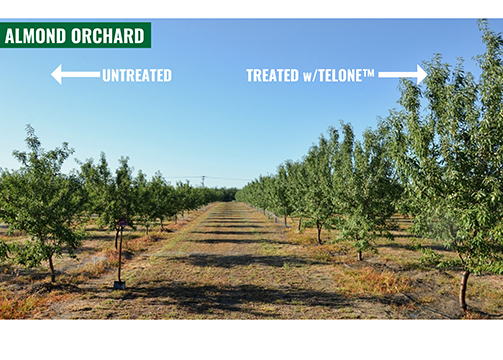Use Your Marketing Edge To Promote Greenhouse Crops

When you are a producer of a valuable crop, like vegetables or any other specialty crop, you — no doubt — are very aware of all of the fantastic things about that particular crop.
Do not assume, however, that the finer points that distinguish your product from all of the other “stuff” out there for sale are obvious to your potential buyers or consumers.
Keeping the buyer/consumer informed is a continual process. There are constantly new people along the sales and marketing chain, and even those who have been with it for a while cannot possibly keep everything in mind when making buying decisions.
So, with greenhouse tomatoes and other greenhouse-grown vegetables, let’s go over some of the best selling points. Don’t be afraid to share these qualities with your customers.
In the marketplace for foods these days, it seems there is nothing more important than identifying foods that are locally grown. Of course, the definition of this term is a little hazy, as different markets use different definitions.
Locally Grown
Local farmers’ markets often limit vendors to those who grow the crop within the same county, or perhaps a 50-mile radius. Other outlets use 100 or even 200 miles away and still call that “local.”
I listened to the buyer for a large grocery store chain yesterday at a fruit and vegetable growers’ conference who stated that she used 400 miles as the defining point for what that chain considers local. Some very large chains use even broader and looser definitions.
Regardless of which one you or your buyers use, one of the great advantages of greenhouse-grown crops is that they are locally grown, with much of the crop sold either on site or within the same town or county where it is grown. Be sure to drive that point home whenever possible.
The big advantages of locally grown produce are:
● when people buy it, they are supporting the local community;
● produce is as fresh as possible
rather than aged in semi trailers over
long distances;
● you are not paying for fuel to move vegetables from a remote part of the country; and
● there is an extremely low carbon footprint for delivery of local products.
Conserving Chemicals
Greenhouse growers are often very conservative about the chemical inputs they use. For one thing, only a small fraction of registered pesticides are even allowed for greenhouse use. In addition, growers do not like to use any more chemicals than they absolutely need. Chemicals are expensive. Good growers scout their greenhouses daily to determine when and if control measures are needed. I always tell growers that if you don’t have a pest, the spray won’t do you any good.
Some growers are organic, while many others are “pesticide free.” The distinction between the two is that pesticide free growers are not certified organic, and they retain the option of using soluble chemical fertilizers even though they do not use chemical pesticides.
Pesticide-free growers often use biological control for pest management and bumblebees for pollination of the crop. If any of this describes your growing method, be sure to let your customers know.
Vine Ripened
Due to your greenhouse being located so close to the market, you have no reason to pick your tomatoes, or other vegetables, in a premature stage. Greenhouse growers pick tomatoes, lettuce, cucumbers, herbs, etc., when they are ready for sale. There is a huge difference in quality between red, vine-ripened tomatoes and those picked at the breaker stage and shipped cross country.
Be sure to let your customers know all of the good things about your crops.










